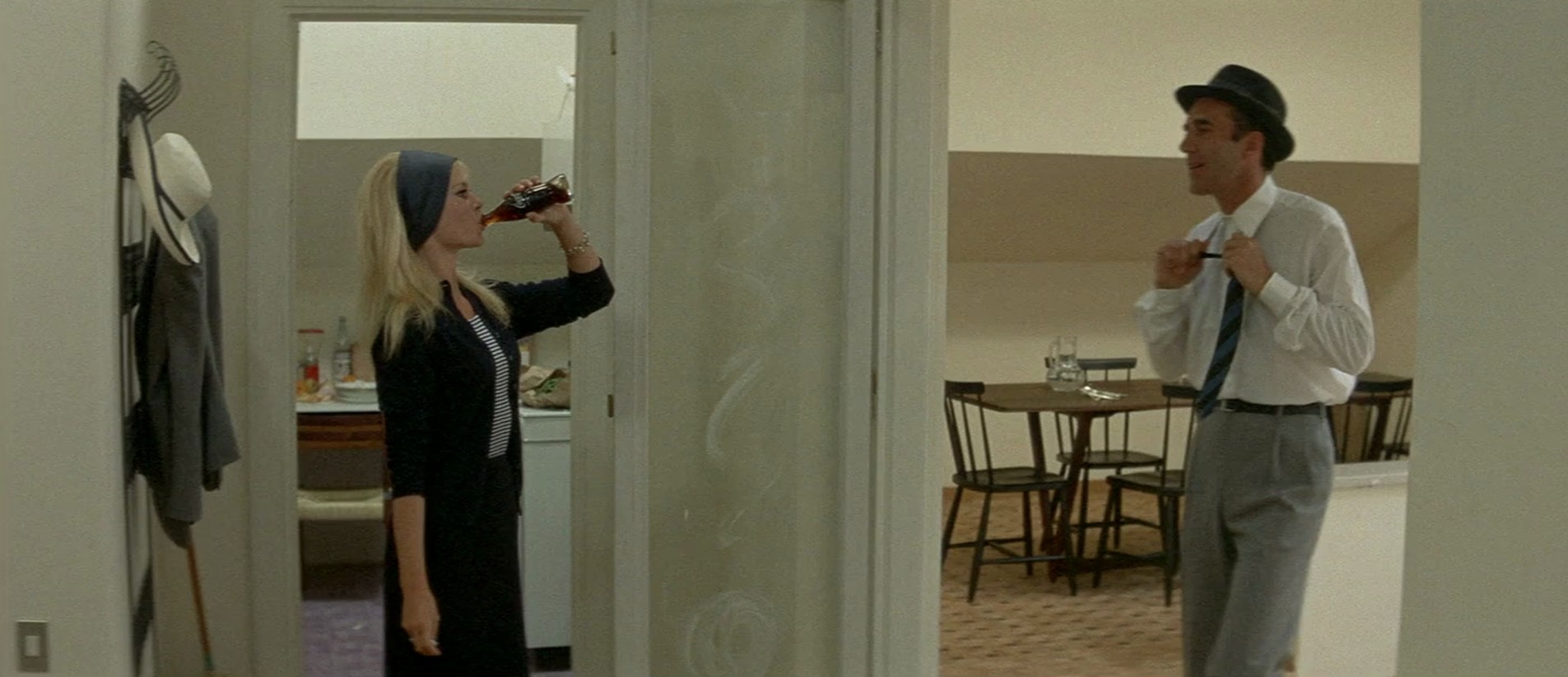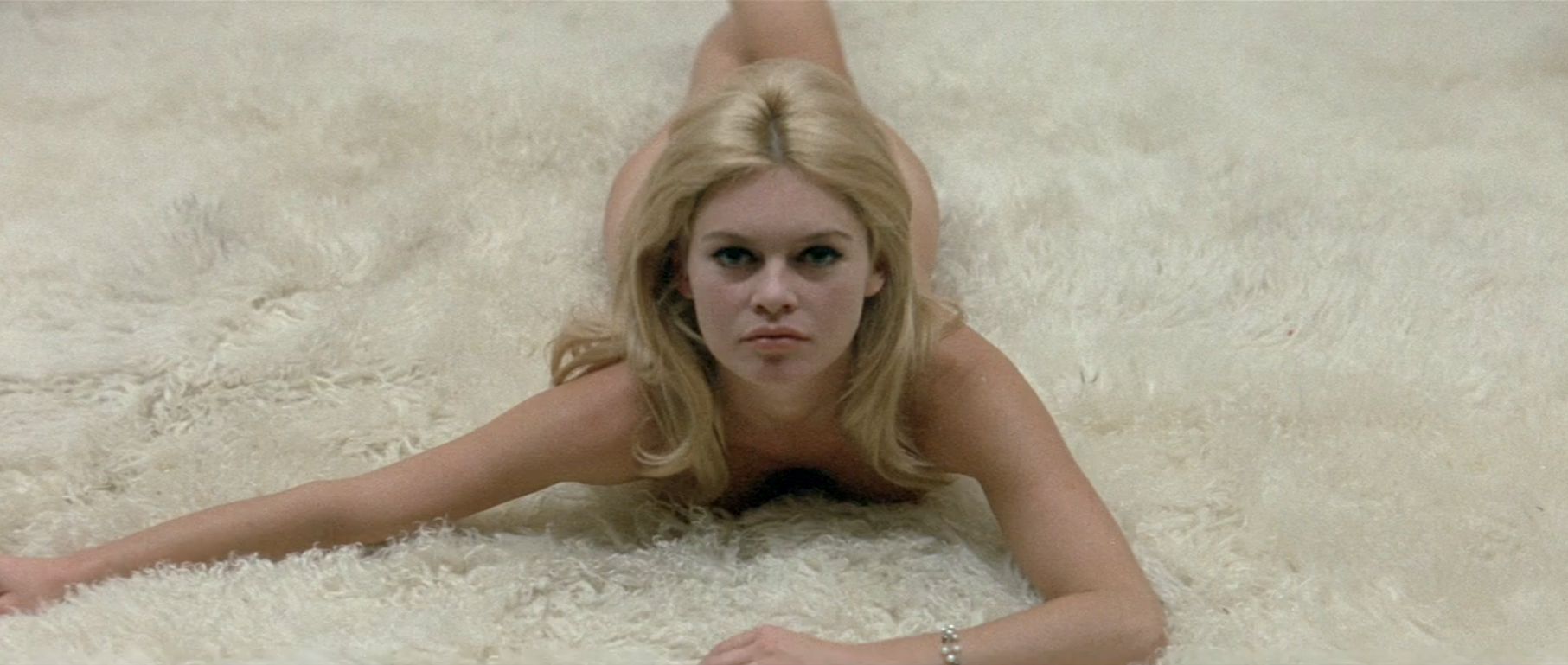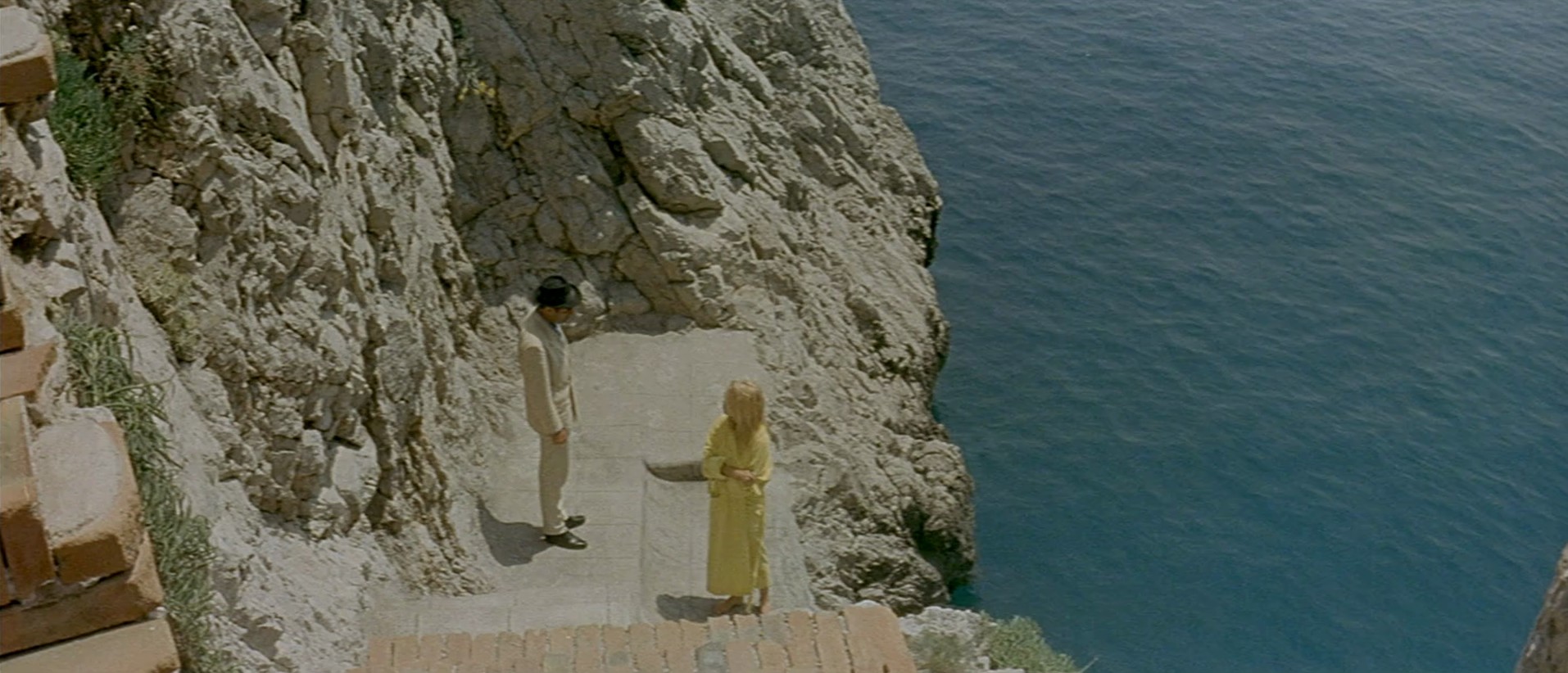“Photography is truth. The cinema is truth twenty-four times a second.” This idea carries within it the encapsulation of France’s cinematic movement, ‘La Nouvelle Vague,’ articulated by a pioneer of the genre, Jean-Luc Godard. Responding to the traditional fate of art, Godard’s films deliver a sincerity that speaks to the human psyche.

In his debut feature “À Bout de Souffle’” — or “Breathless”— the auteur sought to “reinvent the old verses of poetry” by creating images, visual rhymes, and editing rhythms that were completely aware of their capacity for the cliché. Within a risqué deconstruction of traditional conventions of storytelling, “Breathless” follows the journey of a criminal, Michel Poiccard (Jean-Paul Belmondo) who goes into hiding in Paris and eventually attempts to escape with his young American lover, Patricia Franchini.
Indeed, it was Godard’s appropriation of distinct filming techniques, notably the Italian Neo-Realist manner of shooting on-location, that contributed to the film’s feeling of hyper-reality. Beyond the Neo-Realist pursuit of displaying ‘truth’ through a purely social or economic struggle, “Breathless” was the first of a series of New Wave films, which would employ the essence of a new cinema as a medium of ‘reticence.’ Amid a series of jump cuts, pans, and tilts, there is a sense of static wordiness that forces us to experience Michel and Patricia’s relationship as it unfolds in real time. Godard confides the entirety of the sequence within a single location, alerting our attention to the essence of the characters themselves – the two lovers – without the interruption of the exterior world.

Godard’s personal outlook on the human condition further manifests in his 1963 classic “Le Mepris” — “Contempt” — starring Brigitte Bardot and Michel Picolli, “a simple film, about complicated things.” The film’s linear narrative structure and the banal nature of the scenario – a marriage falling apart – are deceiving at the outset. This simplicity is constantly undercut by Godard’s camerawork. The film’s location for instance (rural Italy, between Rome and Capri) personifies the contradictions within the characters themselves. In one of the film’s early scenes, Camille’s dissatisfaction is juxtaposed against the majestic scenery of the Italian garden. There is a sense that, even during the summer, where there is an abundance of light, the tensions between the characters continue to escalate. This is Godard’s manner of reflecting darkness in the soul, alluding to a reoccurring theme of failed romance.
To my mind, the excellence of Godard’s work lies in his ability to visually express the intangible. What he demonstrates through his strategic use of cinematic convention is that ‘truth’ and realism in film can transcend a purely mechanical creation. And beyond a truth that is purely visual, there is an intimate sense of expression that allows us to question our own perspectives and, in Godard’s own words, narrates a cinema that is “unable to hide its secrets.”
– Amel Meghraoua



